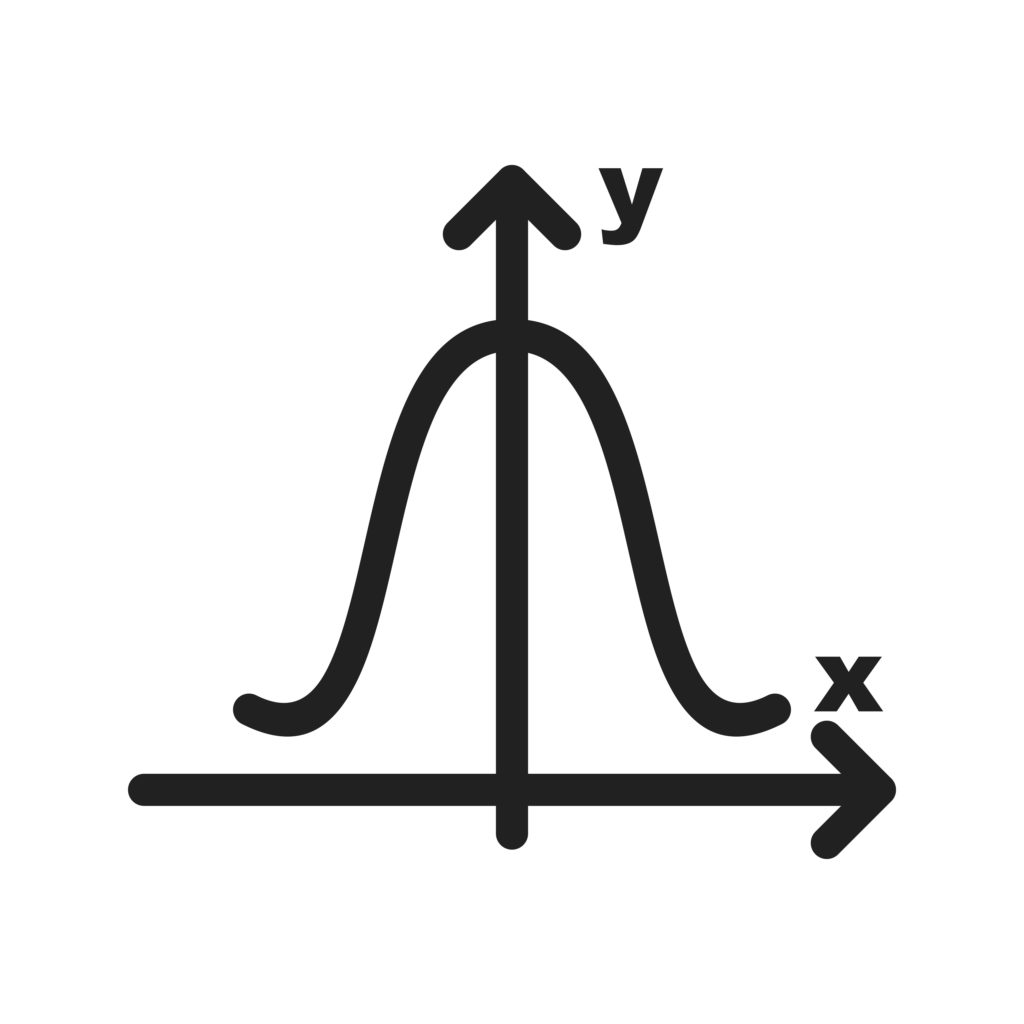Your cart is currently empty!

What Is a Sales Funnel?
Reading Time: 3 minutesAuthor:
We hear this question from our customers frequently, “What is a sales funnel?” or they will ask, “How is a sales funnel different from a marketing funnel?”
A sales funnel is a subset of the marketing funnel. It’s a bottom-of-the-funnel technique that inserts several steps into the purchase process. It generally has three steps with an optional fourth step: the Order, the Order Bump, the Up-Sell Offer, and the optional fourth step, the Down-Sell Offer.
How are the marketing funnel and the sales funnel different?

Now, you might ask, how are sales and marketing funnels different?
The marketing funnel nurtures the prospect through three broad stages: top of Funnel, Middle of Funnel, and Bottom of Funnel. Qualified traffic starts at the top of the funnel, travels through the middle of the funnel, where a series of microtransactions builds trust, and is then presented with the offer that creates value. This is the bottom of the funnel; it’s where the sales funnel starts.
The sales funnel enriches the purchase process. It’s the bottom-of-the-funnel technique designed to enhance the value of the sale by offering related products and services to an interested prospect.
What are the sales funnel steps?
Order Bump

After the initial offer (the Order) is selected, the Order Bump is presented. You’ve seen the ubiquitous message, “Customers who bought this also purchased this.” This is an order bump. An even more famous order bump helped launch the fast-food chain McDonald’s, “Would you like fries with that?”
The order bump is often a related product offered at a similar or lesser cost, but not always. The Order Bump doesn’t have to be something for sale. It can be an invitation to download something free in exchange for joining the marketing list. The goal at this stage is to take advantage of the customer’s interest and offer them something they might find useful.
Up-Sell Offer
The next step (page) presents the Up-Sell Offer. This is usually a higher-priced product that’s related to the initial order.
“Since you’ve selected the intro offer, why not consider buying the full product. It’s available for a limited time at the low, low price of…”
(More evidence of why I’m not a copywriter.)
Or some other richer offer that’s related to the original order.
Down-Sell Offer
If they pass on this, you may want to present a down-sell offer. For example, this could be the up-sell product presented with three lower payments.
I know that cash is always an issue so for a limited time we’re offering X, a $750 value, for four monthly payments of $200.
(Still not a copy writer.)
Why do sales funnels work?
Exactly how this is executed will depend on the product or service you are selling and your target audience, but the reason sales funnels work is the “R” in RFM. The customer who bought from you most recently is the customer most likely to buy from you again.

A customer’s interest and willingness to engage don’t vanish once the purchase is made. The second of the five Relationship Marketing Principles is “The most crucial time is the beginning.” A customer’s interest looks like a bell curve. Their interest in your product is at its highest level immediately before and after the purchase. This is when they are more likely to buy again. Give them the opportunity.
Sales funnels work because a purchaser's interest and willingness to engage don't vanish once the initial purchase is made. Share on XWhat is a sales funnel? – Conclusion
The sales funnel is the model you use once a prospect has elected to purchase your initial offer. There are usually three steps: the Order, the Order Bump, and the Up-Sell. Depending on your circumstances, a fourth optional step, the Down-Sell, can be added.
The sales funnel is your chance to maximize the ROI of the marketing funnel.
Sales funnels work because consumers are highly engaged when purchasing from you.
Don’t miss this opportunity.
Related Posts
-
12 AI Process Hacks That Actually Move the Needle
Learn how Process beats tools and use AI to create value not frustration.
-
Use the ChatGPT Model That Matters
See how using the right tools (models) balances quality and cost.
-
Marketing Strategy Mistakes to Avoid
Discover the 12 common marketing strategy mistakes that can hinder growth.
Author: James Hipkin
Since 2010, James Hipkin has built his clients’ businesses with digital marketing. Today, James is passionate about websites and helping the rest of us understand online marketing. His customers value his jargon-free, common-sense approach. “James explains the ins and outs of digital marketing in ways that make sense.”
Use this link to book a meeting time with James.

